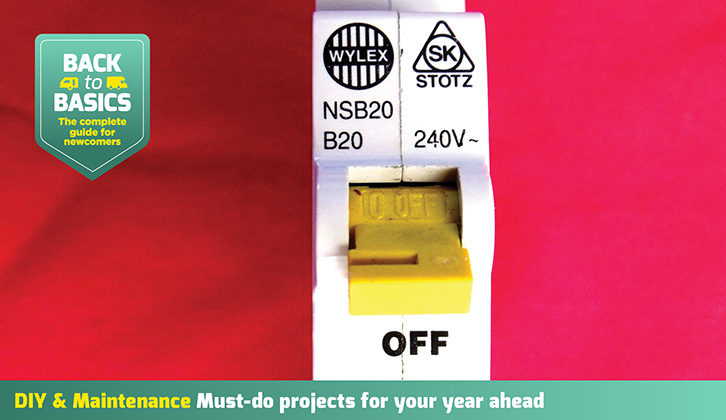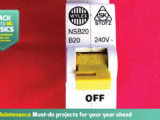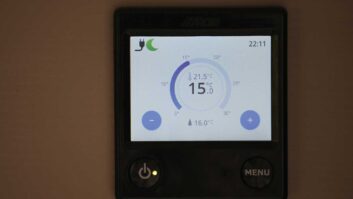For many caravanners, choosing where we stay in our van will be influenced, at least in part, by whether we will be able to hook up to mains power.
Increasingly, we’ve come to expect all of the comforts of home when we tour – a microwave, electric space heating and a fridge/freezer are just some of the things now considered pretty much essential.
But unlike home, we don’t have the same mains supply capacity, and if not heeded, this can cause problems. On two of my recent trips, campsite neighbours have approached me with the age-old question: “Has your power gone off?”
Sometimes the supply itself has gone down, but more often than not, they have exceeded the current delivery capacity of the hook-up and the overcurrent trip has been activated.
Although normally it is then just a case of re-engaging the trip switch by the connecting point, there are times when this can be a bit more complicated; for example, when the rain is coming down in sheets or, as was the case for one of my enquirers, the current trips were housed centrally in a locked cabinet and reception wasn’t due to open until the following morning.
You could always fit load-monitoring systems, but as I’ll explain here, with some basic understanding of power supply and consumption, problems can quite easily be avoided without having to fit such devices.
Campsite hook-up
Most European hook-ups provide 230V AC via a blue three-pin 16A socket; the UK three-pin and Schuko European two-pin types follow close behind.
Each hook-up usually has a miniature circuit breaker (MCB) devoted to each outlet. This displays the current rating limit – above that level, it will trip out.
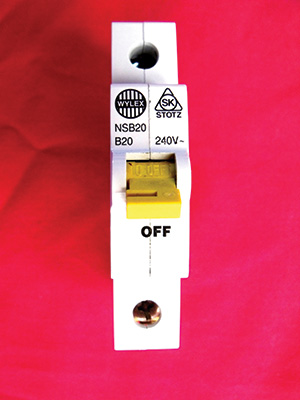
MCB current ratings vary between sites. The controlling factors range from such things as the capacity of the supply wiring to the campsite, or the site owner using
a low rating to keep the electricity charges down to a minimum.
The norm is 10A, with 6A close behind, although I have also seen many 3A MCBs on Italian campsites.
So what does all this mean? In real terms, it pays to know what loading you will subject the hook-up point to, to avoid the dubious delight of waking up to a warm fridge one fine morning.
All it takes for this to happen is the thermostatically controlled 2kW space heater kicking in at the same time as the thermostatically controlled 1kW water heater, after you have gone to bed. The resulting 13.5A demand will trigger the 10A hook-up trip.
Power budgets
The various appliances we use all have a power rating, which is expressed in watts.
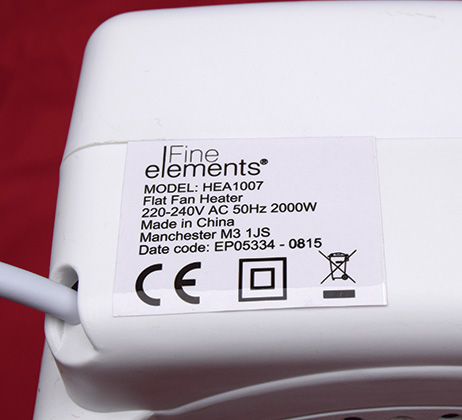
To calculate watts, multiply the voltage applied by the resulting current in the appliance used:
Volts multiplied by Amps = Watts
By transposing this formula, we can arrive at a value for current drawn, using the declared power rating and the supply voltage:
Watts divided by Volts = Amps
Amps are monitored by the hook-up trip. As an example, a typical travel hairdryer is a 230V device with a power rating of 1000W (1kW). Using our formula, we can work out that the current drawn by using the hairdryer would be as follows:
1000 divided by 230 = 4.35A
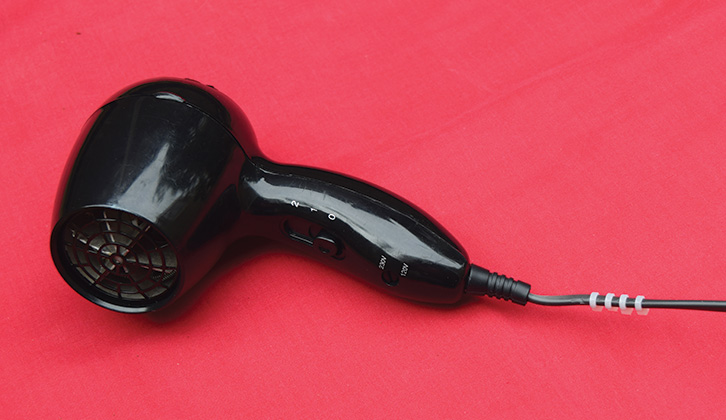
The same formula applies to all of the other appliances in use. Normally, each has a plate or label giving its wattage rating; in some, the actual current drawn will also be given.
If you use more than one appliance, the collective wattage is additive – that is, if you run a 1kW hairdryer at the same time as your 1kW kettle, you are consuming 2kW from the hook-up. The current taken has also doubled and will stand at 8.7A (4.35 + 4.35).
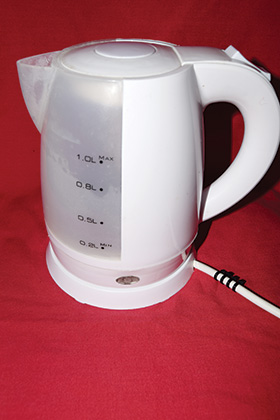
Now, whereas at home we can plug in what we want whenever we want (within reason), hook-ups have a current limit – so it pays to know what is available and what you are using, if you are to avoid trudging through the mud on a rainy night to re-engage the hook-up trip.
Simple reminders
To keep things simple, I always say that with 4A flowing, any appliance can be classed as being roughly a 1kW device.
As an easy reminder of this, I put four small cable ties around the supply wire of any 1kW appliances that I use.
I’ve taken a similar approach with any other appliance that we plug into the mains (two cable ties for 500W, eight cable ties for 2kW and so on).
This means that when I am using various different appliances, all I have to do is add up the total number of cable ties. Then as soon as they start to approach nine, in the case of a 10A hook-up MCB, I am made aware ‘blackout’ is approaching.
I then have the option of drying my hair after I have made myself a cup of tea and heated my take-away in the microwave, thereby saving myself a miserable journey to the hook-up post to restore the power.
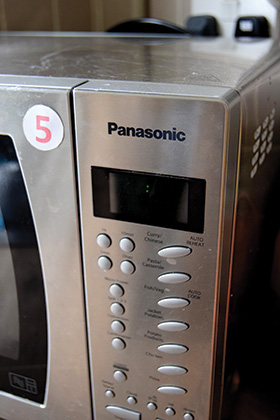
when running
Certain items, such as space heaters, have a dual power rating, depending on which switched heating level is selected by the user. In this case, I use the appropriate number of cable ties in one colour for the first setting, and a different colour for the second setting. If the higher setting is used, all of the cable ties should be included in the count.
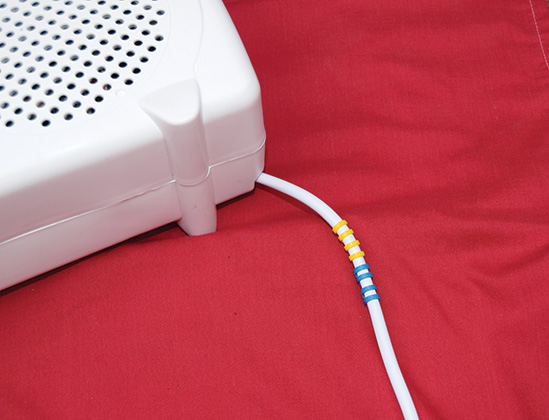
However, it should be noted that there are a couple of important caveats to this approach to power-monitoring:
1 Background appliances, such as water heaters and fridge/freezers controlled by thermostats, might kick in at any time, so their power rating needs to be ascertained and allowed for in your calculations.
2 As stated above, 1kW actually draws 4.35A, so with two appliances of 1kW power rating in use, there will be just over 8.7A flowing, leaving only 1.3A (or 300W) until a 10A MCB in the hook-up would trip out.
So, as a rule of thumb, a 10A supply would handle up to a total of nine markers, with a small margin of spare capacity. A 6A supply would handle a count of five, and so on.
In general terms, the main current ‘guzzlers’ tend to be those electrical appliances that produce heat, such as hairdryers, kettles, cooker rings, water heaters, microwaves
and space heaters.
The likes of radios, TVs, and phone and tablet chargers only draw small currents when they are connected to the mains, so can generally be ignored.
Finally, it should be noted that microwaves often have two power ratings. One is the ‘radiated’ power (which does the cooking) and the second (higher) figure is the ‘overall’ power used. Bear in mind that it is the latter rating that should be under consideration in your power budget calculations.
After more great DIY inspiration? Then head to our Back to Basics: DIY & Maintenance category, where you’ll find some brilliant projects and ideas to try out.
Future Publishing Limited, the publisher of practicalcaravan.com, provides the information in this article in good faith and makes no representation as to its completeness or accuracy. Individuals carrying out the instructions do so at their own risk and must exercise their independent judgement in determining the appropriateness of the advice to their circumstances. Individuals should take appropriate safety precautions and be aware of the risk of electrocution when dealing with electrical products. To the fullest extent permitted by law, neither Future nor its employees or agents shall have any liability in connection with the use of this information. You should check that any van warranty will not be affected before proceeding with DIY projects.
If you’ve enjoyed reading this article, why not get the latest news, reviews and features delivered direct to your door or inbox every month. Take advantage of our brilliant Practical Caravan magazine SUBSCRIBERS’ OFFER and SIGN UP TO OUR NEWSLETTER for regular weekly updates on all things caravan related
